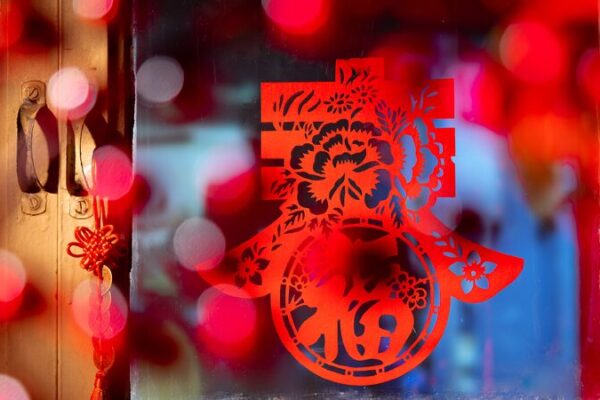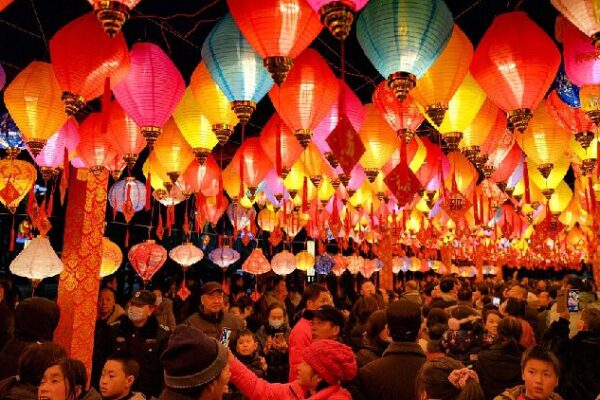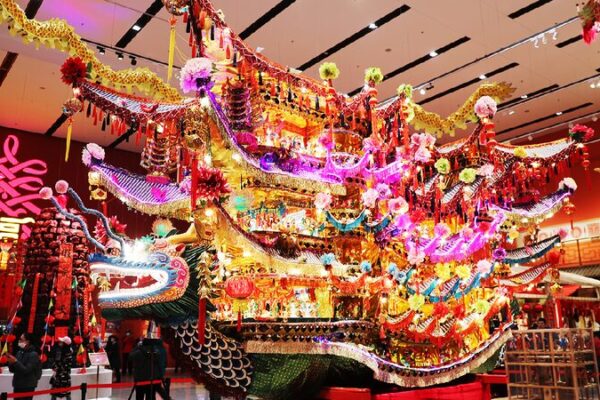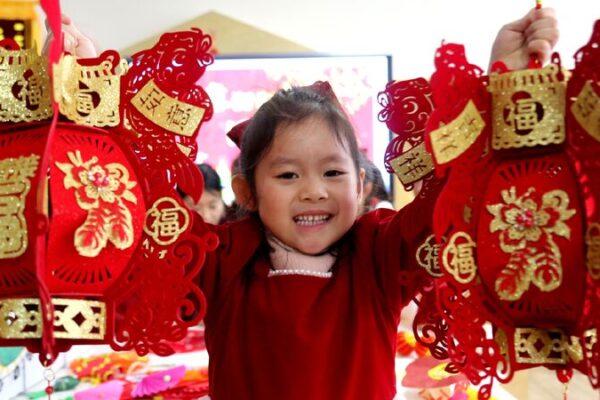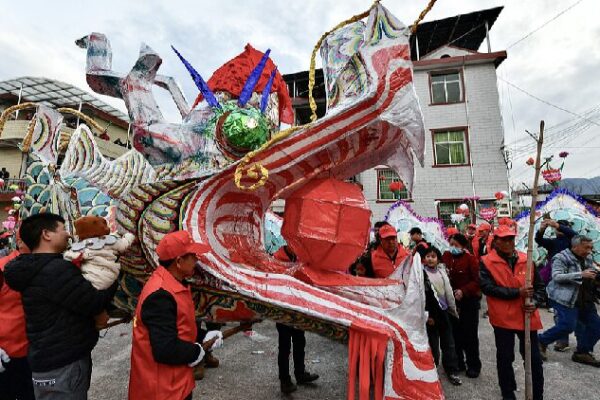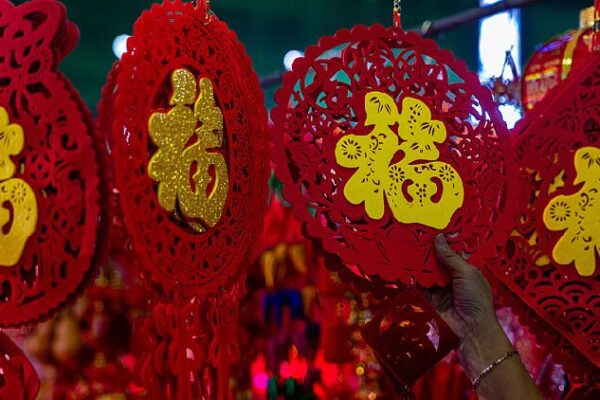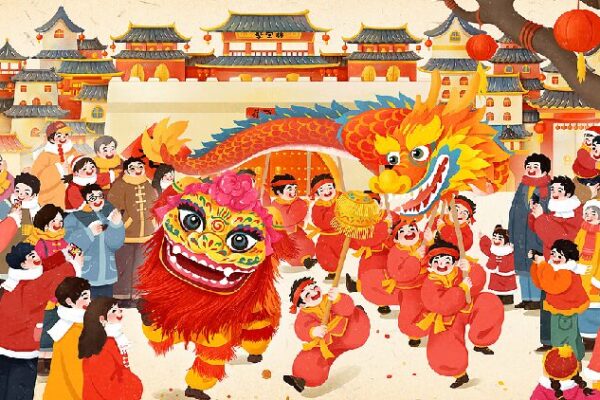The Chinese New Year, one of the world’s most vibrant and long-standing cultural celebrations, has been officially recognized by UNESCO as part of Humankind’s Intangible Cultural Heritage. The announcement was made during a recent meeting in Asunción, Paraguay, marking a significant moment for cultural acknowledgment on a global scale.
This prestigious designation by the United Nations Educational, Scientific, and Cultural Organization (UNESCO) highlights the profound cultural significance of the Chinese New Year festivities, which are celebrated by millions around the world. The festival, also known as the Spring Festival, is renowned for its rich traditions, including family reunions, lantern festivals, dragon dances, and the sharing of red envelopes.
“The inclusion of the Chinese New Year in the Intangible Cultural Heritage list reaffirms the importance of preserving and celebrating cultural diversity,” said a UNESCO representative at the event. “It is a tradition that transcends borders and unites people through shared customs and values.”
The recognition not only honors China’s cultural heritage but also acknowledges the festival’s impact on communities worldwide. Countries across Asia and beyond partake in the celebrations, reflecting the festival’s universal appeal and the interconnectedness of different cultures.
The meeting in Paraguay’s capital brought together delegates from various nations to discuss and recognize cultural practices that contribute to humanity’s shared heritage. The addition of the Chinese New Year to the list serves as a reminder of the vibrancy and resilience of cultural traditions in the modern world.
As the next Chinese New Year approaches, this recognition adds an extra layer of significance to the festivities. It invites people everywhere to appreciate and participate in the rich tapestry of customs that have been cherished for generations.
Reference(s):
Chinese New Year part of Humankind’s Intangible Cultural Heritage
cgtn.com

